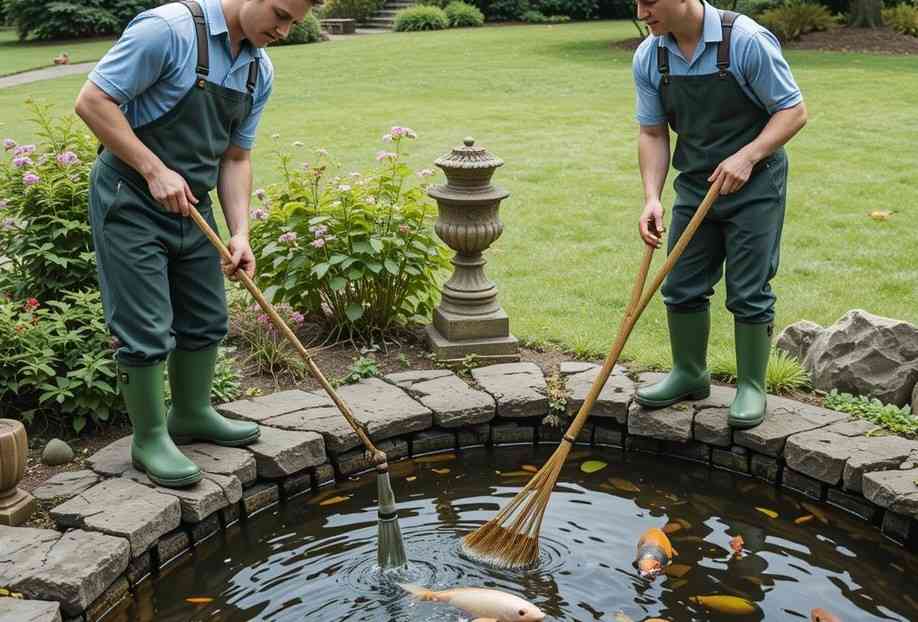A thriving pond is not only a stunning focal point in your garden but also a living ecosystem that requires regular attention and care. Whether you’re a beginner or a seasoned pond keeper, following a few essential maintenance practices will ensure your pond remains clear, healthy, and inviting all year round. Here are some practical pond care tips to help you nurture your aquatic sanctuary. 💧
1. Regular Visual Inspections
The first step in proper pond care is to establish a routine of daily visual inspections. Spend a few minutes each day checking for signs of trouble such as excessive algae growth, debris buildup, or unusual water discoloration. These simple observations allow you to catch potential issues early before they escalate into bigger problems.
2. Maintain Water Quality
Water quality is the cornerstone of a healthy pond. Keep your water crystal clear by regularly testing key parameters such as pH, ammonia, nitrites, and nitrates. Most aquatic plants and fish thrive when the pH is between 6.5 and 7.5. Use a reliable water testing kit or digital meter to track these levels, and adjust as needed with natural or chemical treatments to maintain balance.
3. Ensure Adequate Filtration and Circulation
A well-functioning filtration system is vital for removing debris and maintaining a balanced ecosystem. Regularly clean your mechanical and biological filters to prevent clogs and reduce the risk of water stagnation. Coupled with energy-efficient water pumps, such as those in the Aquascape Ultra series, proper circulation promotes oxygenation, helps control algae, and supports beneficial bacteria that break down waste.
4. Manage Algae Growth Naturally
While some algae are natural, excessive blooms can cloud your pond and upset its balance. Incorporate aquatic plants like water lilies and pickerel rush, which provide shade and compete with algae for nutrients. Adding natural barriers such as barley straw can also help control algae growth without the need for harsh chemicals.
5. Seasonal Adjustments
Pond care must adapt to seasonal changes. During warmer months, increased evaporation and higher nutrient levels can lead to algae overgrowth. Increase water testing frequency and adjust your maintenance routine accordingly. In colder months, prepare your pond for winter by ensuring proper circulation to prevent ice formation that can damage your pond’s structure. Consider using aerators or heaters in regions where freezing temperatures are common.
6. Regular Maintenance of Equipment
Your pond’s pumps, filters, and other mechanical components are crucial to its health. Establish a schedule to inspect and service this equipment, replacing worn-out parts before they fail. A well-maintained system not only improves water quality but also extends the lifespan of your pond’s infrastructure.
Final Thoughts
Caring for your pond doesn’t have to be overwhelming. By adopting a proactive approach—conducting daily inspections, maintaining water quality, ensuring proper filtration, managing algae, and adapting to seasonal changes—you can create a sustainable and captivating aquatic environment. These essential pond care tips will help you enjoy a thriving water garden that brings beauty and tranquility to your outdoor space for years to come. 😊

